How to Write a Quality Manual According to ISO/IEC 17025 2017
ISO/IEC 17025 2017 Quality Manual
Let’s be honest—writing a quality manual can feel a bit intimidating, especially if you’re trying to follow ISO requirements line by line. The good news? You don’t need to overcomplicate it. Even though the ISO/IEC 17025 2017 Quality Manual isn’t a mandatory document anymore, it’s still one of the smartest tools your lab can have.
Think of it as your lab’s roadmap. It brings structure to your management system, helps staff understand how everything fits together, and makes audits way smoother. Plus, when written well, a ISO/IEC 17025 2017 Quality Manual can save you time, answer auditor questions faster, and make training new staff easier.
In this article, we’ll walk through exactly what to include, how to organize it, and how to write a manual that’s not just compliant—but actually useful. Whether you’re creating your first manual or updating one from the 2005 version, you’ll learn how to align your document with the 2017 standard while keeping it lean and readable.
Ready? Let’s get into how to build an ISO/IEC 17025 2017 Quality Manual that works for your lab—not just for the auditors.
The Purpose of a Quality Manual in the ISO/IEC 17025 2017 Context
So, here’s a question I get a lot: “If the standard doesn’t require a quality manual anymore, do we still need one?”
Short answer? Yes—if you want your system to actually work in real life. While it’s true that the 2017 version of ISO/IEC 17025 no longer mandates a formal quality manual, many accredited labs continue to use one—and for good reason.
The ISO/IEC 17025 2017 Quality Manual gives your lab a central reference point. Instead of having to dig through folders or dozens of procedures, your team (and your auditor) can open one document and get a clear overview of how your management system is structured.
Here’s what the manual still helps you do:
-
Show how your lab meets the requirements of the ISO/IEC 17025:2017 standard
-
Present your scope of work and structure in a way that’s easy to follow
-
Demonstrate management commitment to quality and impartiality
-
Provide a logical map of where related procedures, forms, and records can be found
Think of the ISO/IEC 17025 2017 Quality Manual like a lab’s user guide. It doesn’t need to include every tiny detail, but it should explain how the different pieces of your quality system connect.
It also plays a key role during audits. Even if the assessor doesn’t ask for it directly, having a well-organized quality manual makes the entire audit smoother—because your documentation will be easier to navigate, and your system will look consistent and well thought-out.
So yes, even though ISO doesn’t force you to write one, building a clear, useful ISO/IEC 17025 2017 Quality Manual is still one of the smartest moves you can make for your lab. Up next, we’ll talk about exactly what to include so your manual isn’t too long—or too vague.
Mandatory Elements to Include in an ISO/IEC 17025 2017 Quality Manual
Now that we’ve agreed the ISO/IEC 17025 2017 Quality Manual is still a valuable tool (even if it’s not officially required), let’s get practical—what should actually go into it?
While ISO/IEC 17025:2017 doesn’t provide a fixed template, your quality manual should still touch on a few essential elements. Think of these as the backbone of your system—the parts that show how your lab is organized, how it works, and how it stays in control.
Here’s a clear, no-fuss list of what to include:
Scope of Activities and Legal Identity
Start with a simple statement that defines the scope of your lab. What types of testing or calibration do you perform? For which materials or products? Also, include your lab’s legal name and address—yes, it sounds basic, but this tells auditors and clients exactly who you are and what you do.
This part anchors your ISO/IEC 17025 2017 Quality Manual and sets the context for everything else.
Organizational Structure and Roles
You don’t need a detailed org chart, but you do need to explain who’s responsible for what. Outline the roles of key personnel—like the quality manager, technical manager, and authorized signatories. Show how responsibilities are assigned to ensure impartiality and technical competence.
This helps demonstrate that your ISO/IEC 17025 2017 Quality Manual is aligned with the actual people managing the system.
Reference to Management System Documents
Instead of copying your entire procedure set into the manual, keep it high-level. Use this section to explain where to find your quality procedures, SOPs, and forms. Link to documents like:
-
Control of records and documents
-
Internal audits and corrective actions
-
Risk and opportunity management
-
Equipment calibration and maintenance
The manual should guide the reader, not overwhelm them.
Policies and Objectives
Include a brief summary of your lab’s quality policy and objectives. These show your commitment to producing valid results and improving continuously—core values of the ISO/IEC 17025 approach. Keep it clear, specific, and relevant to how your lab actually operates.
When structured clearly, your ISO/IEC 17025 2017 Quality Manual becomes a powerful communication tool for internal staff and external stakeholders alike.
Organizing the Manual for Practical Use
Let’s be honest—no one enjoys flipping through a bulky, confusing document. If your ISO/IEC 17025 2017 Quality Manual is hard to follow, chances are it won’t be used, even by your own team. That’s why structure matters just as much as what you put inside.
A well-organized manual saves time during audits, simplifies internal training, and gives your lab a clean, professional feel. Here’s how to make it both readable and useful.
Clause-Based vs Process-Based Formatting
You have two main options when structuring your ISO/IEC 17025 2017 Quality Manual:
-
Clause-based structure – This follows the sequence of the ISO/IEC 17025:2017 standard. Each section (like impartiality, competence, equipment, etc.) matches a clause number. This format makes it super easy during audits because assessors can quickly see how your lab addresses each requirement.
-
Process-based structure – Instead of following the standard’s order, this format mirrors how your lab operates (e.g., sample receipt → testing → reporting). It feels more natural internally, especially for staff who are more focused on workflows than ISO clauses.
There’s no one-size-fits-all answer. Some labs even blend both formats—and that’s totally okay. Just pick the one that helps you and your team stay clear and consistent.
Use Cross-References (But Keep It Lean)
One common mistake is trying to stuff everything into the manual. But remember: your ISO/IEC 17025 2017 Quality Manual isn’t meant to include full procedures or instructions. Instead, it should point to them.
Use references like:
-
“See SOP-QM-01 for Document Control Procedure”
-
“Related form: F-QA-03 – Internal Audit Schedule”
-
“Responsibilities detailed in Job Description QP-05”
Cross-referencing like this keeps your manual clean while still connecting it to your full management system.
Even a great manual is useless if no one can find what they’re looking for. A good ISO/IEC 17025 2017 Quality Manual should be easy to scan and quick to navigate.
Here are a few tips:
-
Add a table of contents (even if it’s just one page)
-
Use numbered sections and headings consistently
-
Keep paragraph lengths manageable
-
Consider using appendices for org charts, abbreviations, or lists of related procedures
By keeping your structure simple and logical, you make sure your ISO/IEC 17025 2017 Quality Manual isn’t just a document—it becomes a tool your team actually uses.
Writing Tips for Clarity and Compliance
Let’s talk about the actual writing. You don’t need to be a novelist or a technical writer to create a great ISO/IEC 17025 2017 Quality Manual—you just need to keep it clear, honest, and consistent with how your lab actually works.
A quality manual isn’t about sounding formal or impressive. It’s about helping people understand your lab’s system—your staff, your auditor, and even future team members who will rely on it to get up to speed.
Here are some simple writing tips to keep in mind:
Use Plain, Clear Language
This isn’t the place for complex sentences or buzzwords. Instead, aim for plain, conversational language that anyone in your lab can understand.
For example:
-
Instead of: “The organization shall ensure impartiality in accordance with the standard.”
-
Try: “We make sure our work stays impartial by separating testing staff from client communication.”
When your ISO/IEC 17025 2017 Quality Manual speaks in everyday terms, it becomes a practical tool—not just a document that collects dust.
Avoid Copy-Pasting from the Standard
This is a trap many labs fall into: copying large parts of ISO/IEC 17025 word-for-word into their manual. The problem? It doesn’t actually describe what your lab does. It just repeats what ISO says you should be doing.
Instead, write in your own words. Describe how your lab fulfills the requirement. Use examples where it makes sense. This shows auditors that you understand the standard—and that your quality manual reflects your real operations.
It’s called a ISO/IEC 17025 2017 Quality Manual for a reason: it should belong to you.
Match the Manual to Real Practice
Here’s a key principle: if it’s written in the manual, it should be happening in the lab.
There’s no benefit to claiming you follow a procedure you’ve never actually implemented. Not only can that lead to nonconformities during audits, but it also creates confusion for your team.
So, as you write or revise your ISO/IEC 17025 2017 Quality Manual, regularly check: Is this what we actually do?
If the answer is no, either update your process—or don’t include it.
Keep the Tone Consistent
Your quality manual doesn’t have to sound stiff or overly formal. But it should be consistent. Choose a tone—friendly and professional works great—and stick with it throughout the document.
That way, your ISO/IEC 17025 2017 Quality Manual feels cohesive and easier to read, even for someone opening it for the first time.
Common Pitfalls in Writing an ISO/IEC 17025 2017 Quality Manual
Now that you’ve got a good idea of what to include and how to write it, let’s make sure you avoid the common traps that can turn a helpful ISO/IEC 17025 2017 Quality Manual into a bloated or confusing document.
Even well-meaning labs fall into these habits—especially when they’re updating an older manual or starting from scratch without a clear plan. The good news? These pitfalls are easy to avoid once you know what to watch out for.
Overloading the Manual with Procedures
One of the biggest mistakes is treating the ISO/IEC 17025 2017 Quality Manual like a dumping ground for every policy, SOP, and form your lab has ever created. Remember, the manual is meant to point to procedures—not become them.
Instead of pasting in full processes, just reference where those documents can be found. For example:
-
“See SOP-04 for sample receipt procedures.”
-
“Calibration intervals are defined in Equipment Log EL-01.”
This keeps your quality manual lean, readable, and far easier to maintain.
Using Outdated Formats from the 2005 Version
If your manual was originally built around the old ISO/IEC 17025:2005 structure, it might still be filled with requirements that no longer exist—or miss some that were added in the 2017 revision.
The structure and focus of the standard changed significantly. So if you’re just editing an old document without rethinking the structure, your ISO/IEC 17025 2017 Quality Manual might no longer reflect what ISO actually expects.
Start fresh if needed. It’s better to build a clear, focused manual from the ground up than to patch over an outdated one.
Making It Too Rigid to Update
Your ISO/IEC 17025 2017 Quality Manual isn’t meant to be a static, set-in-stone document. It should grow with your lab, especially as you update procedures, improve processes, or adopt new technologies.
If your manual is packed with overly specific text that’s hard to change, your team may stop updating it—which leads to inconsistencies and audit risks.
Instead, write in a way that allows for flexibility. Use version control. Assign someone responsible for updates. And keep the tone practical, not overly legalistic.
Not Linking the Manual to Real Practice
This one’s critical. Your quality manual must match what actually happens in your lab. If your team can’t relate to what’s written, or if the manual describes an ideal process that no one follows, it quickly becomes meaningless.
So when you’re reviewing your ISO/IEC 17025 2017 Quality Manual, ask yourself:
-
“Would our staff recognize this as how we really operate?”
-
“Can we show evidence that we follow what’s written here?”
-
“Would a new employee find this helpful or confusing?”
When your answers are yes, yes, and yes—you’re on the right track.
Control, Maintenance, and Approval
So, your ISO/IEC 17025 2017 Quality Manual is written, organized, and aligned with your actual lab practices—great! But here’s where many labs stop… and where small issues can creep in over time.
A quality manual isn’t something you write once and forget. It’s a living document that needs proper control, regular updates, and clear ownership. Otherwise, it quickly becomes outdated—and trust me, outdated manuals are one of the first things auditors notice.
Assign Responsibility for Updates
Start by clearly assigning who is in charge of maintaining the ISO/IEC 17025 2017 Quality Manual. This might be your quality manager, technical manager, or someone else with oversight of the management system.
Whoever it is, make sure they’re empowered to:
-
Review the manual regularly (at least annually)
-
Track changes made to the system or procedures
-
Coordinate revisions and approvals with management
Having one point of contact keeps things organized and ensures the manual reflects your current practices—not what you were doing three years ago.
Link Updates to Management Review
One of the best times to update your ISO/IEC 17025 2017 Quality Manual is right after your management review. You’re already evaluating the effectiveness of your system—so why not review your manual at the same time?
Use this opportunity to:
-
Confirm that all references, policies, and responsibilities are still accurate
-
Add new links or procedures that have been created
-
Remove outdated language or obsolete sections
By tying manual updates to a routine process, you avoid last-minute scrambling when an audit comes around.
Keep Version Control Simple and Clear
Every time your manual is updated, document it. Use a revision history table at the beginning or end of the document that shows:
-
The version number
-
The date of change
-
A summary of what was updated
-
The name or initials of the person who approved it
This small addition adds a lot of credibility to your ISO/IEC 17025 2017 Quality Manual, especially during external audits. It tells assessors that the document is active, reviewed, and maintained with care.
Make It Easy to Access (But Controlled)
Your quality manual should be accessible to your team, but also protected from unauthorized edits. Depending on your setup, this might mean:
-
A read-only PDF stored in a shared folder
-
A controlled document in a document management system
-
A printed version with clear “current copy” labels
Whatever format you choose, just make sure the current version is always easy to find—and that outdated versions are clearly marked or removed.

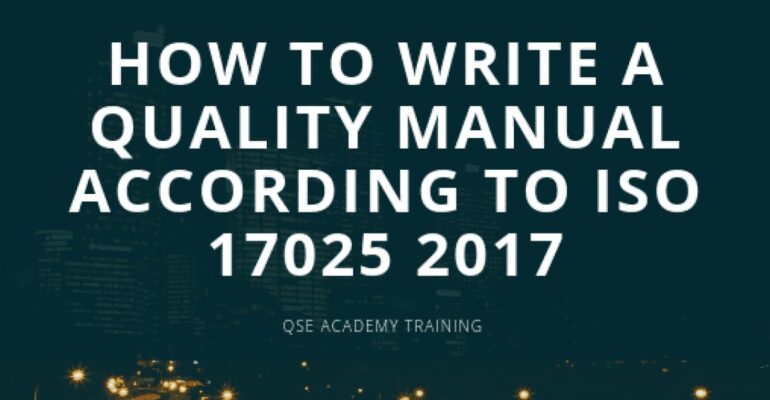

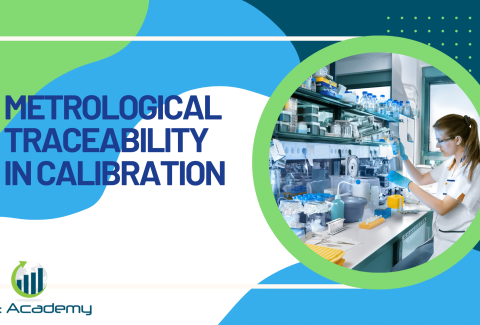
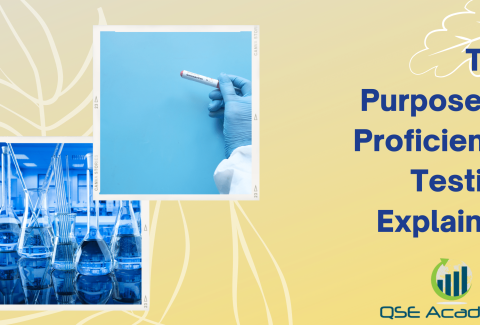
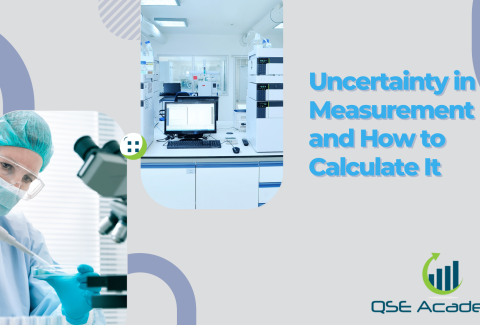

















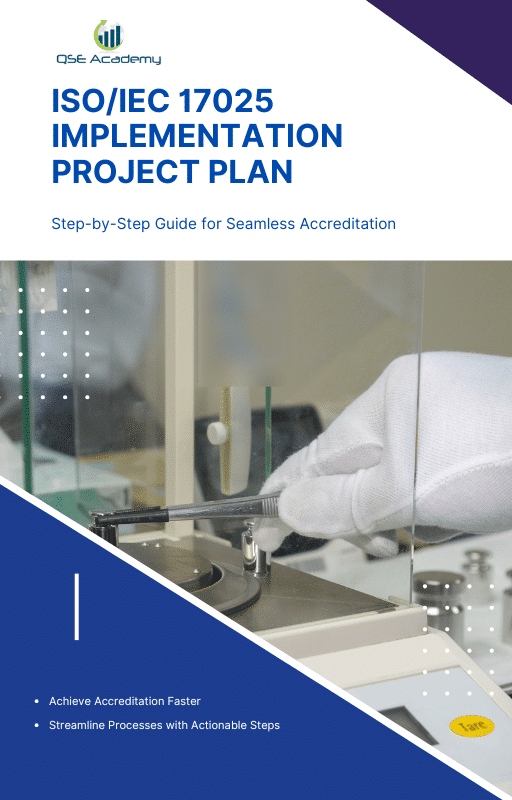
Comment (1)
shubhashish parida
looking for agencies who can help in getting iso 17025 documentation